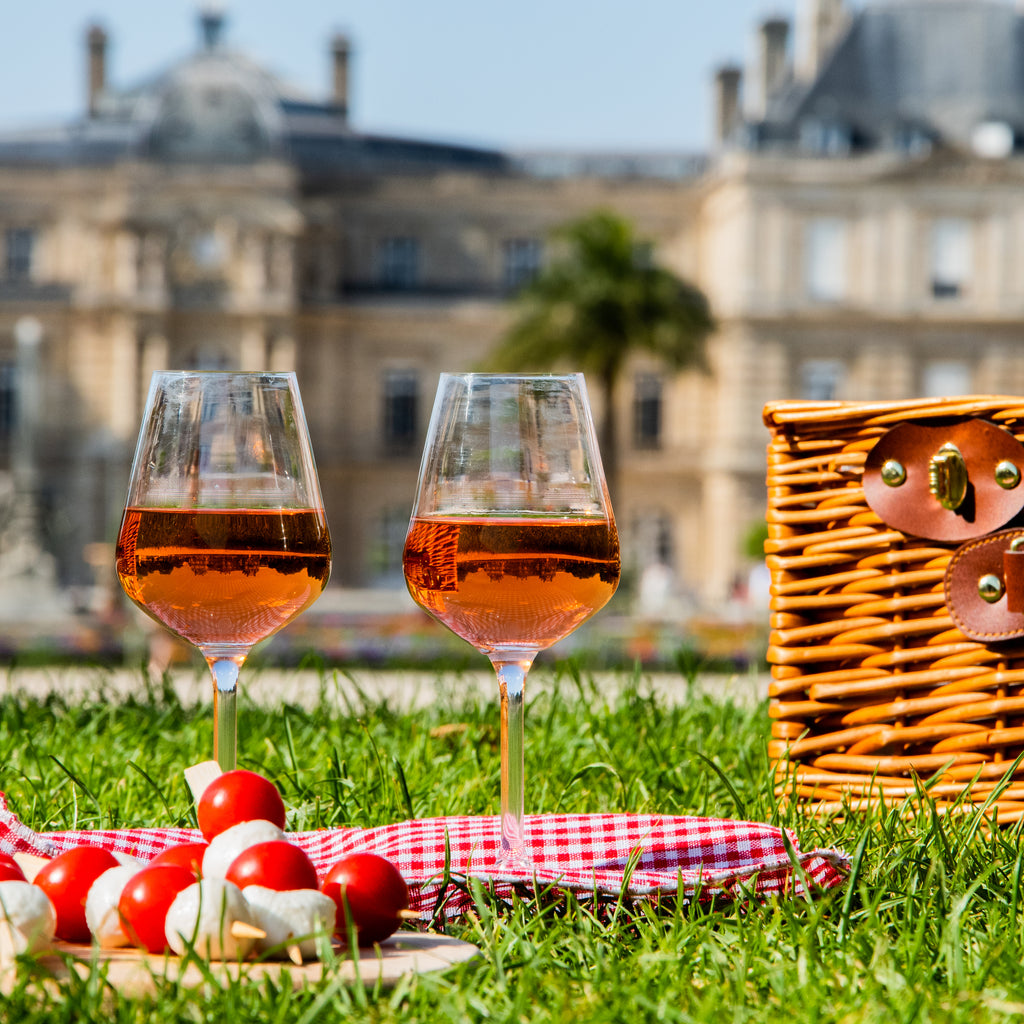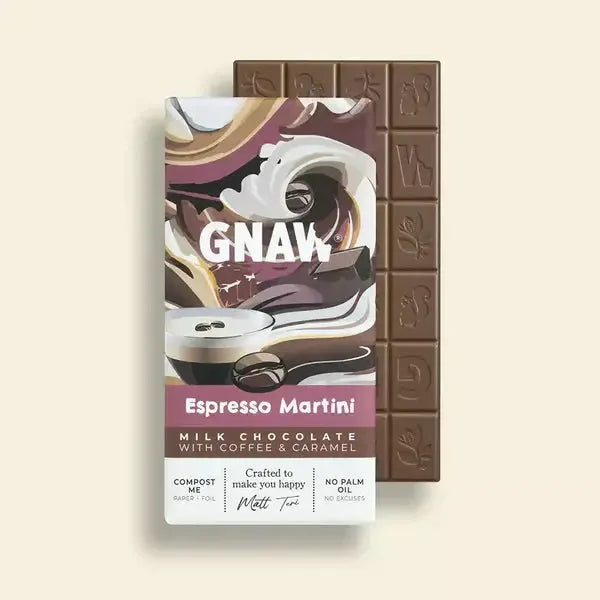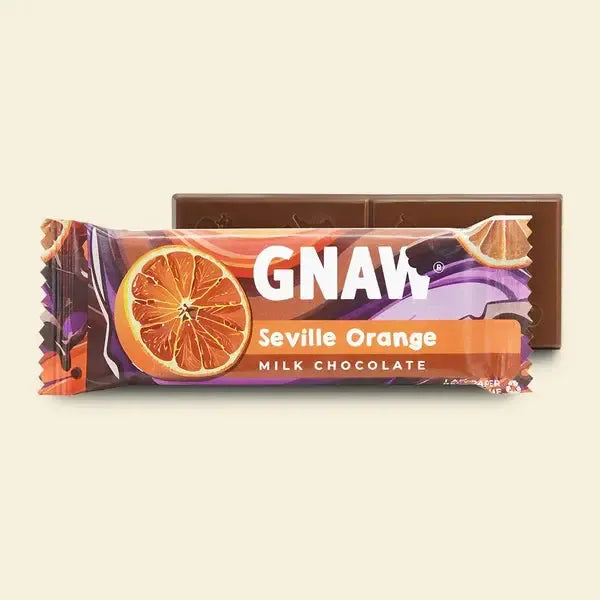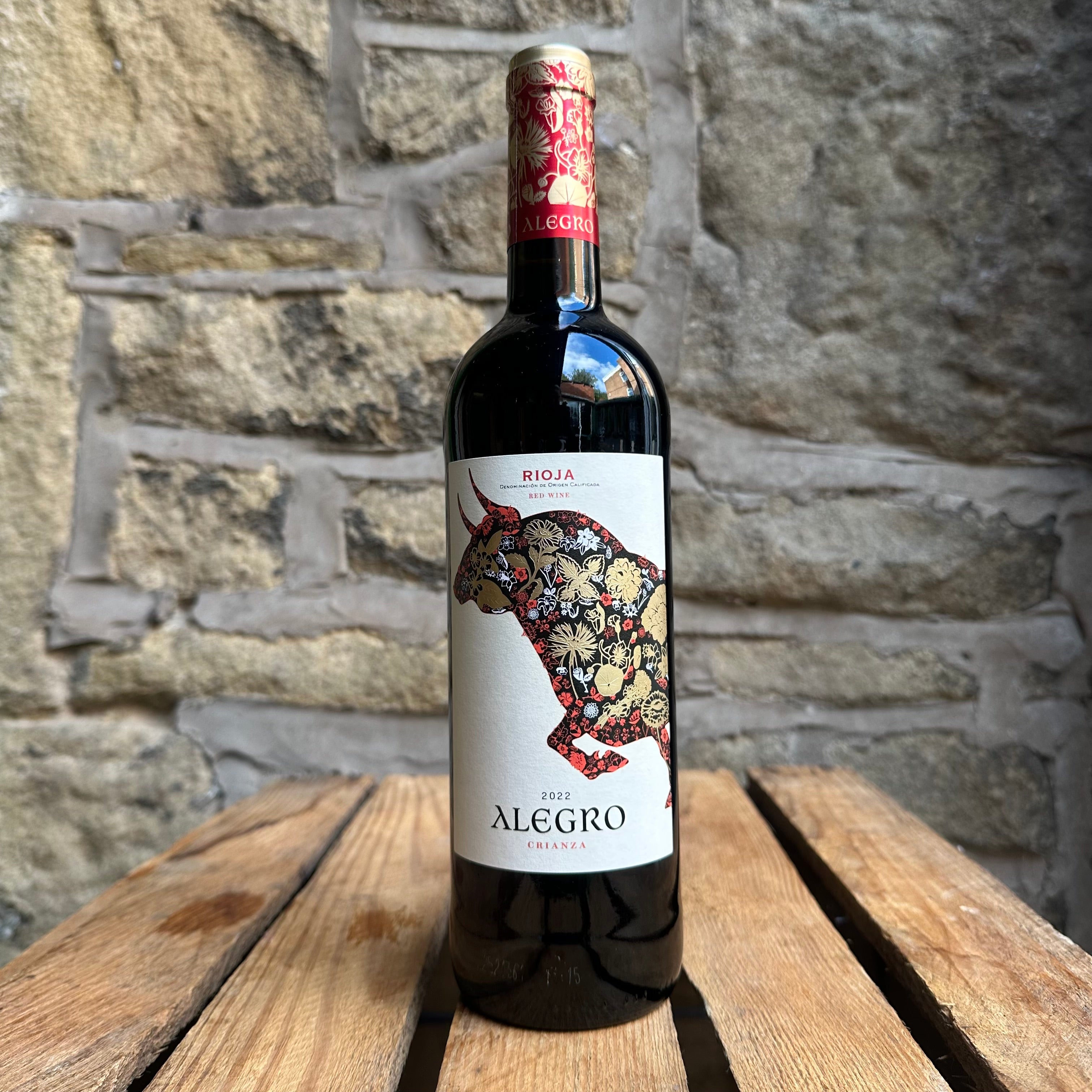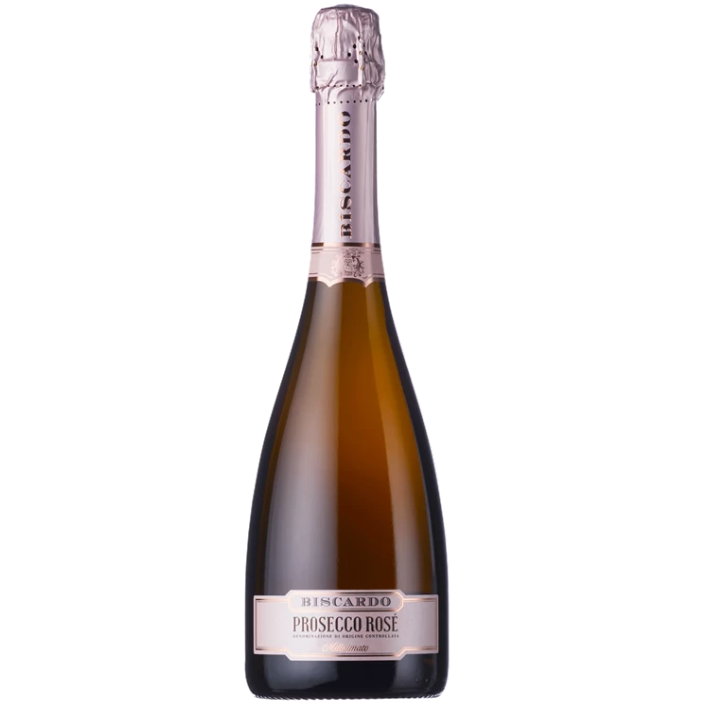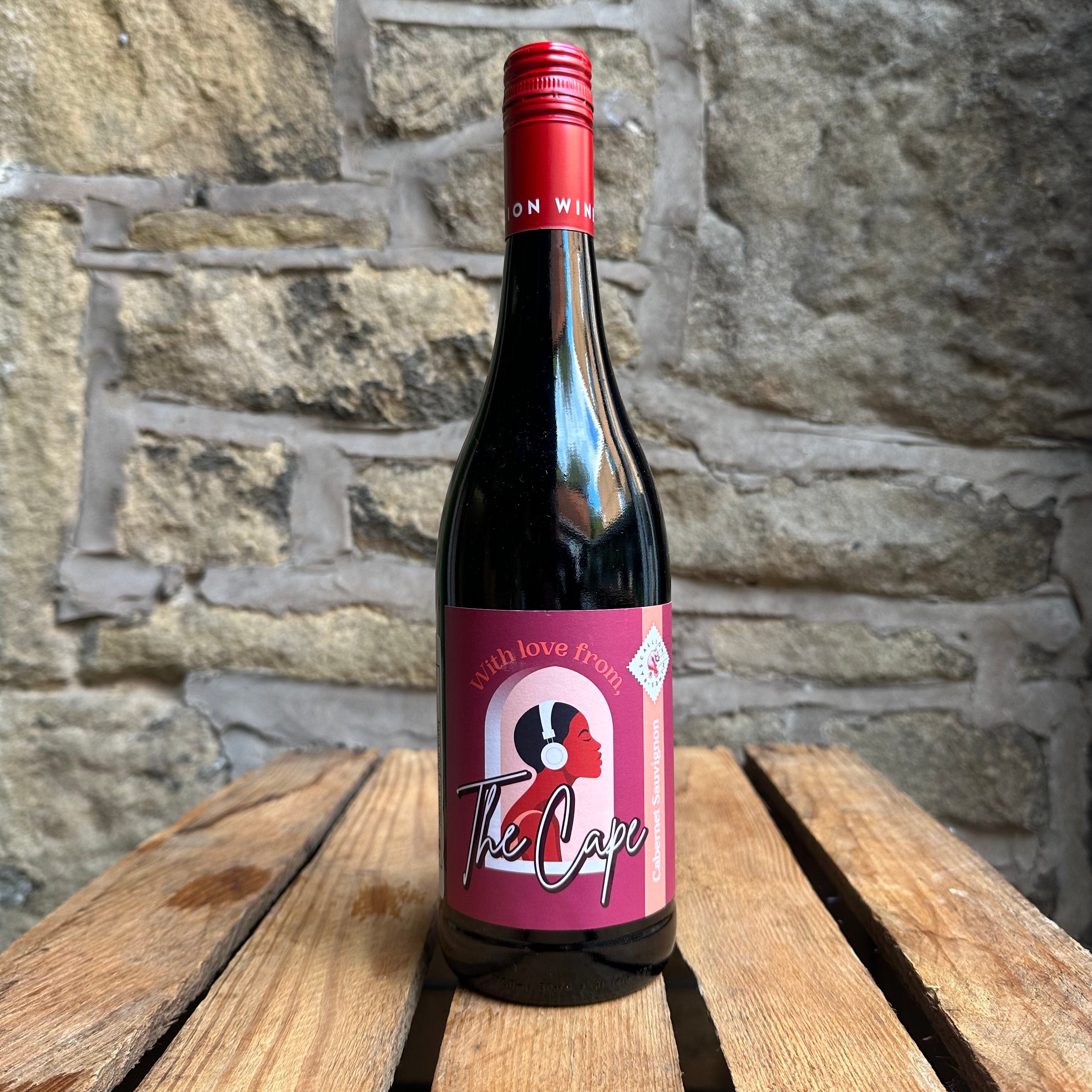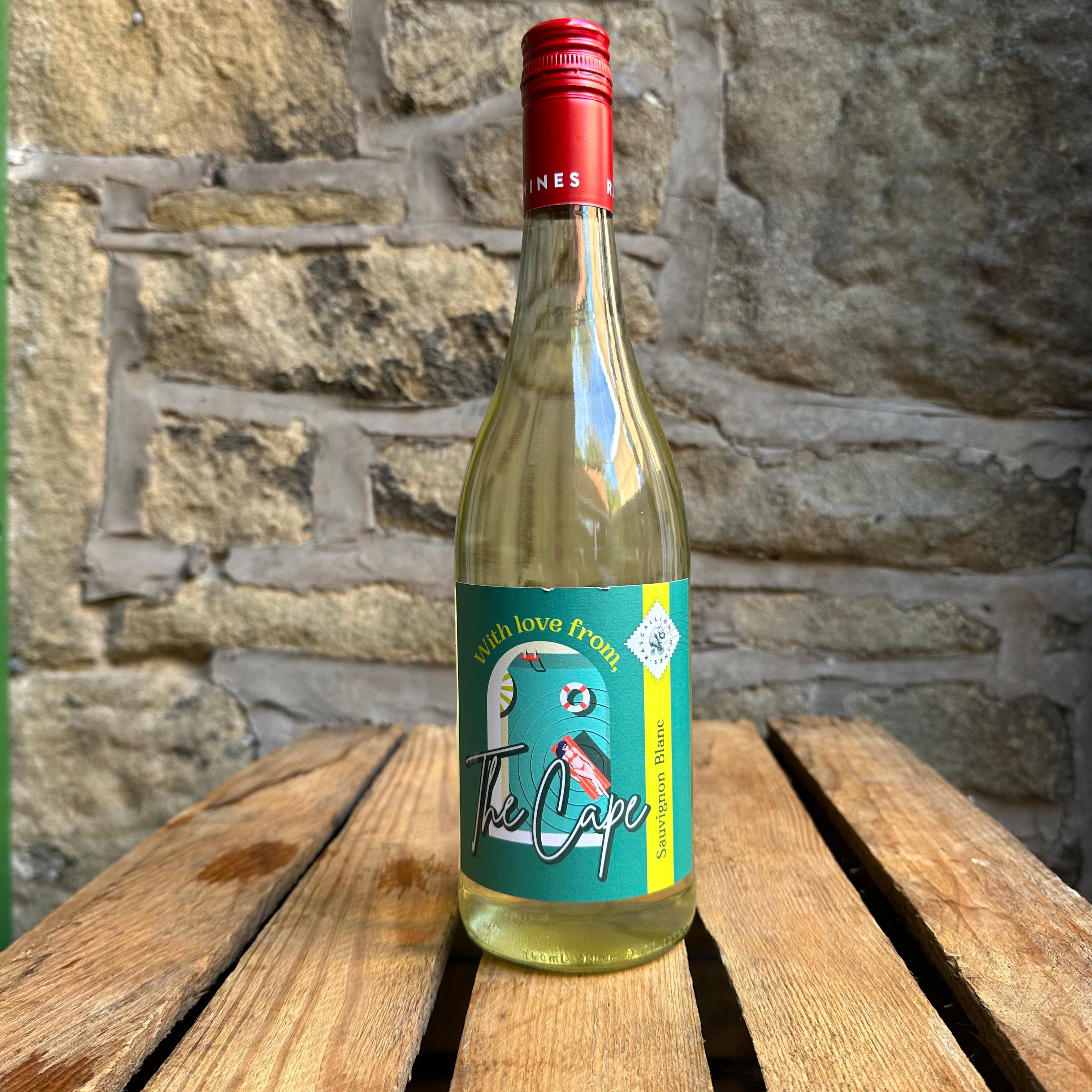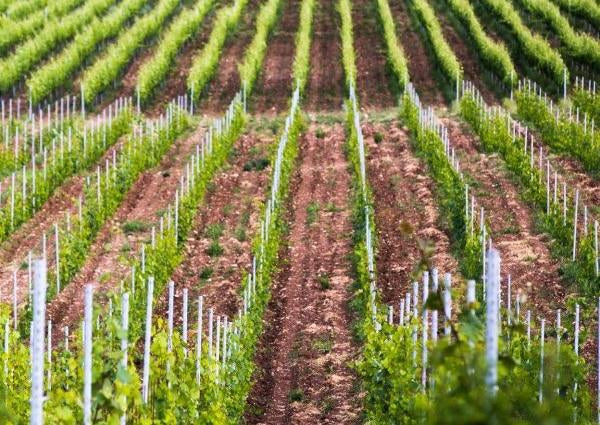
Tsinandali - Cradle of Georgian Wine

Georgia is widely recognised as the home of winemaking, with a history spanning at least 8000 years. Known for its unique range of over 50 types of wine using over 500 grape varieties, it can create a vast range of unique wines from full and dry to light and sweet, as well as their famed orange wine. Each small region produces its own classic wine, with many family-owned vineyards and wineries still in operation. This blog focuses on the Tsinandali (AOC) microviticulture area, nestled on the right bank of the Alazani River within the Kvareli and Telavi wine regions. Known as the cradle of classical winemaking in Georgia, it was this area that produced the first European-style wine 230 years ago and first bottled the famed Georgian Qvevri orange wine.
Tsinandali is the home of a 19th century winery once owned by the aristocratic poet and founder of Georgian Romanticism, Alexander Chavchavadze. Still in production, the cellar collection consists of over 15,000 bottles with the oldest dating back to 1814, whilst the remainder of this historic family estate is a hub of culture as a museum, arts/literary venue and exotic gardens, even with its own annual festival. It was Alexander's links to the rest of Europe that introduced new methods to intertwine with Georgian tradition, and many believe this is the founding of the Georgian wine industry as we know it today. (Photo - Tsinandali Estate Museum: http://tsinandali.ge/en/museum/about-us)
Tsinandali white wines, named so on the label, use the native Rkatsiteli grape blended with a touch of Mtsvane Kakhuri (up to 20%). Rkatsiteli is the most popular white grape in Georgia due to its resistance to harsh cold weather, excellent acidity, and huge versatility meaning use in a wide range of wines. It is known for producing wines that are restrained and refreshing, typically with crisp green apple, hints of quince and white stone fruit. The even older Mtsvane Kakhuri grape is native to the wider Kakheti region and is a popular blending grape due to its extra citrus and mineral notes alongside good sugar levels. The careful blending complements Rkatsiteli by adding these elements, alongside more stone fruit, floral aromas and even a hint of the tropical. This makes it a classically unique white wine in that it can be amenable to a wide variety of foods for pairing, with excellent scope for long-ageing and further bottle-ageing.



